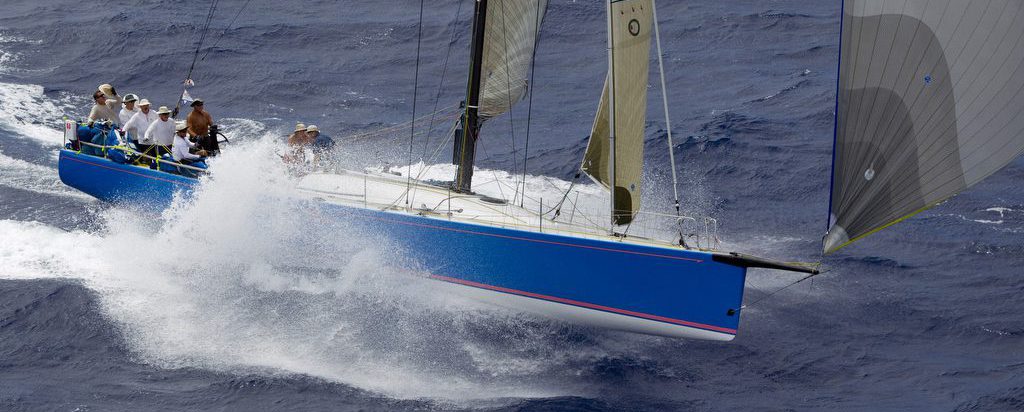This error can occur for several reasons.
- You have specified one or more route points that are actually on land. The router will not route over land. To see exactly where your route points are located, from the program’s point of view, select GSHHS charts and zoom in until you see “GSHHS full n” (n is some integer) in the right side of the lower toolbar. Land is by default indicated by a beige color.
If you have placed your route point based on another chart that shows it to be in open water, then your chart may be in conflict with the GSHHS database. This can occur because the GSHHS database is updated on a schedule that differs from local oceanographic authorities. If you believe that such a conflict has occurred, then please email your supporting evidence to support@bluewaterracing.com. The GSHHS shoreline data may be in error as much as 100 meters.
A simple workaround is to move your route points so that they are offshore according to the GSHHS data. On any day-long race this will have a minimal effect on your time to finish.
Note: If your route starts on land, then the router will assume you know what you are doing, and will remove the restriction that the route cannot cross land.
- Your route points are all in open water, but you have chosen a grid size that is too large to let the router find a route through a narrow strait. An example of this occurs in the Chicago-Mackinac race, when you are trying to route through the Mackinac Strait. To solve this problem either: reduce the grid size parameter so that it is smaller than the width of the constrained region (but this may dramatically increase the routing time); or place a few intermediate points in the constrained region and avoid routing between them (use the “legs” options in the route’s option screen).
- You have specified one or more route points that lie outside the region covered by your Grib wind data. In areas outside the Grib data, the program assumes zero wind. This means the boat is permanently becalmed and can never reach its destination, unless your polar file gives a speed for zero wind, meaning the motor is on. You can choose a larger Grib, add a zero-wind curve to the polar file, or move your intermediate points.
- Your Grib crosses the international date line, 180 degrees east/west. Bluewater Racing does not really handle the International Date Line, but in an attempt to give some support, all sequences in your Grib are silently split into two sequences, one lying to the west of 180, and one lying to the east. You must open the Grib Manager, find the wind sequences that do not contain your route, and uncheck “Use for Routing” in the options panel. Alternatively, avoid Gribs that cross the date line.
- There is a bug in the program. Please email your race file, polars, and Grib file to support@bluewaterracing.com

